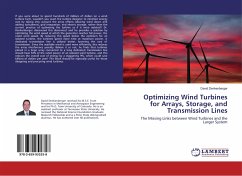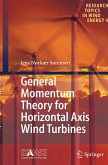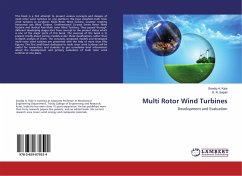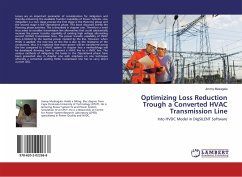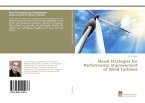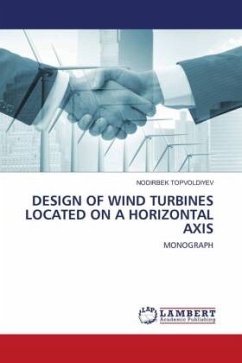If you were about to spend hundreds of millions of dollars on a wind turbine farm, wouldn't you want the turbine designer to minimize energy cost by taking into account the array effects (slowing wind down and adding turbulence), grid integration, and electric storage, rather than the current practice of optimizing the turbine as if it were isolated? Dr. Denkenberger discovered this disconnect and he provides a solution by optimizing the wind speed at which the generator reaches full power, the rated wind speed. By reducing this speed below the optimum for an isolated turbine, the turbines spend more time at maximum power. A dedicated transmission line is utilized better, lowering the cost of transmission. Since the available wind is used more efficiently, this reduces the array interference penalty. Believe it or not, he finds that turbines placed in a large array connected to a long dedicated transmission line should have 53% of the rated power of an isolated wind turbine, and this reduces the overall cost of energy by a staggering 9%, which could save billions of dollars per year! This book should be especially useful for those designing and procuring wind turbines.

